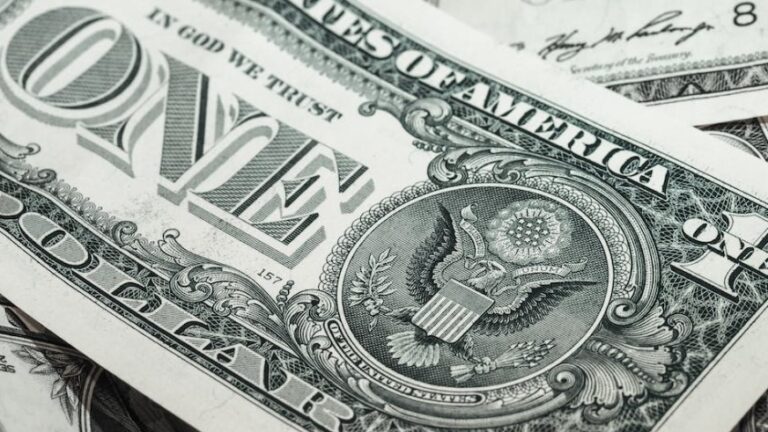When you hear the word “dollar,” you probably think of the American dollar. In fact, it is the most widely used currency in the world, as the US dollar (known as USD in international currency trading) is accepted in many cities, countries and regions around the world, both as a primary and secondary currency.
Furthermore, the US dollar is also the reserve currency of many countries. Reserve currency is a specific type of money held by central banks and international financial institutions for trade.
Table of Contents
The US dollar abroad
The United States is not the only country to use an official currency called the dollar. Indeed, the currencies of Canada, Australia, New Zealand, Singapore and Liberia, for example, are all called the dollar. But, they are completely different national currencies, given that many of them, including the Jamaican dollar and the Canadian dollar, were originally based on GBP.
Many countries use the US dollar to invest, pay international debt, or trade with other nations. Even raw materials such as gold and oil are priced in US dollars. So that other countries can easily purchase them using their reserve currency.
Given the strength of the US dollar, some countries have decided to use it not only as a reserve currency, but also as their own currency. In fact, 16 other countries and regions currently use the US dollar within their borders.
Its strength and diffusion make the US dollar very attractive to those other nations that welcome millions of American tourists every year, thus making it easier for them to travel with their own currency, but also saving them time and money that they would otherwise spend at local exchange centers.
The countries using the US dollar
The following 16 countries and territories use the US dollar in place of a single local currency:
- Puerto Rico
- Ecuador
- Panama
- Somalia
- El Salvador
- Turks and Caicos Islands
- Guam
- US Virgin Islands
- East Timor
- British Virgin Islands
- Marshall Islands
- American Samoa
- Federated States of Micronesia
- Northern Mariana Islands
- Caribbean Netherlands
- Bonaire
As you can see, most of these places are in the Caribbean and South America, so they are all physically close to the United States. Additionally, many are also popular tourist destinations.
Therefore, given the constant flow of American tourists to the Caribbean and other vacation destinations (or business centers), it made economic sense for these countries to accept USD. In doing so, they not only preserved America’s precious tourism, but also strengthened it.
Peg the local currency to the US dollar
In most cases, exchange rates between two currencies fluctuate daily based on supply and demand for each of them. The more popular a currency is, the more people buy it and, consequently, the more its price rises.
For example, when tourism increases in Mexico during the holiday season, more people buy Mexican pesos, so their price increases. This means that if you exchange your currency for pesos during this period, you will receive less than during the low season.
In some cases, national banks decide to maintain a fixed exchange rate tied to some foreign currencies such as the US dollar. The aim is to encourage the regular use of the dollar in places where it is already commonly used.
Read also: Exploring the top 4 currencies for trading in Forex












